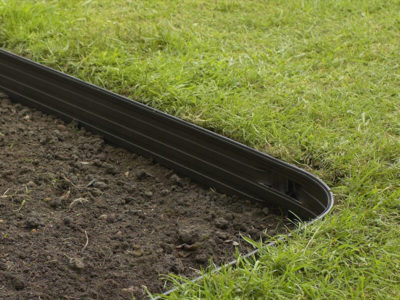A common problem often observed by arborists are lifting and cracking driveways and footpaths which can not only look bad but can represent obvious trip hazards around the home and throughout the urban environment in general.
This problem occurs when tree roots grow beneath these constructed surfaces and as the tree roots increase in diameter, the pressure exerted on the bottom of these surfaces causes the structure to lift, crack and displace.
So, what can be done about this common problem and how can we mitigate this issue whilst still retaining the trees which contribute to the environments in which we prefer to live? Understanding a few basic principles about how tree roots grow is a good place to start.
Tree roots are opportunistic, they exploit their surrounding environments to function, to anchor trees in the ground, and to absorb water and nutrients to help trees grow. The basic requirements for tree root growth are a growing medium, moisture and oxygen.
In general tree roots can be found in the top metre of soil with the majority of these being distributed in the upper 600mm layer. Tree roots are more prone to grow near the surface when there is little water available as this is where the majority of moisture can be found, and this issue is exacerbated in urban and built environments.
Throughout the urban environment we construct sealed level surfaces like footpaths, driveways and roads, and often these surfaces are constructed using materials like concrete, bitumen and pavers. These surfaces impact a tree’s growing environment in many ways, not least by compacting soils and by diverting water away from a trees root system.
Quite often, and specifically when considering a residential environment, these surfaces are relatively shallow and are often constructed on a level base such as sand to create the flat even surfaces we desire. As a result, the opportunistic nature of tree root growth can often be attracted to these surfaces around the home.
Once tree roots have begun to exploit the diverted water supply and have penetrated the base layer beneath the sealed surface it is only a matter of time before the damage starts to become visible, and over time this damage will get progressively worse.
But before you go ahead and remove your trees, its worth considering some alternative solutions that can help to mitigate these issues and allow you to retain the tree that provides valuable shade, shelter and amenity to your garden oasis!
In a holistic sense, providing irrigation that actually penetrates the subsoil layers triggers tree roots to grow deeper in the soil profile. Not only does this improve the health of your trees and make them more drought resistant, it also minimises the likelihood of damage being caused to shallow structures near the surface of the soil like driveways, footpaths and patios.
Using materials that allow for movement in response to tree root growth also provides a solution to mitigate this type of problem, and after all, there’s too much concrete around anyway. Products such as gravels, stones and organic mulches make a great alternative in certain situations and come with other positive benefits for your trees like moisture retention, temperature moderation and maybe even added organic matter!
But it doesn’t stop there, Heritage Tree Care are leading providers in innovative permeable paving products that can be used throughout the urban environment and these leading industry designs can offer natural and load bearing solutions to mitigate these types of issues.
Look out for future blogs to learn more about these innovative products or contact the consultancy team now to discuss how these innovative design and construction solutions can assist you with your next project.
And next time you notice the footpath, driveway or patio lifting because of tree roots remember to call Heritage Tree Care to discuss a suitable, sustainable and long-term solution that lets you retain your valuable tree asset.


 Trees Need Soil – An Introduction to Plant Health Care at Heritage Tree Care
Trees Need Soil – An Introduction to Plant Health Care at Heritage Tree Care